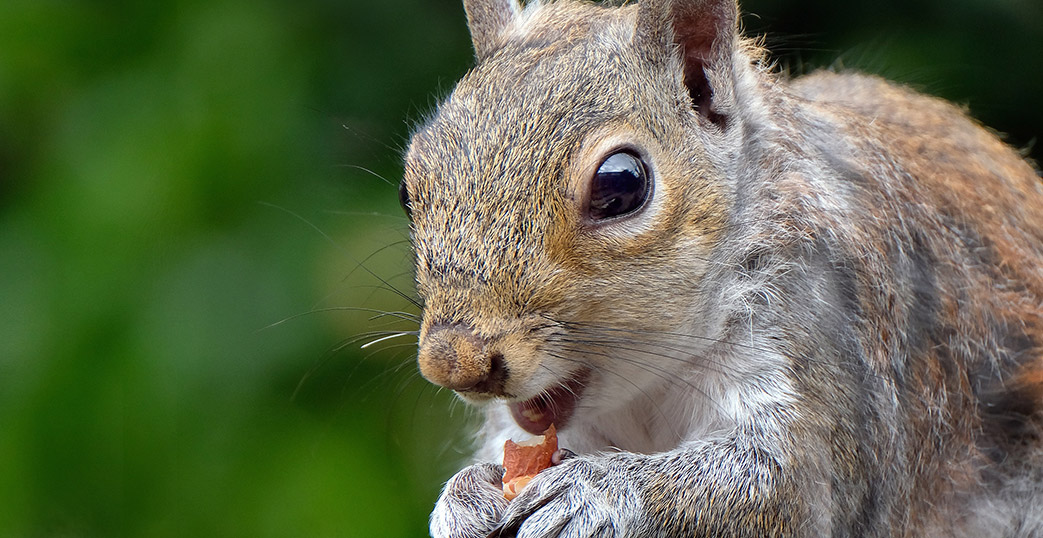Snake Control and Removal
Professional Wildlife Removal Services Available Across Western New York
Found in every region of the United States, snakes are cold-blooded legless reptiles that cause fear in many people. Common species range from the harmless garter snake to more dangerous vipers. While they are largely beneficial because their diet comprises many pests, like mice and rats, some snakes are venomous and threaten humans.
Fortunately, only smaller snake species can survive in Western New York due to our cold climate. This is why very few venomous snakes are found in our area.
Appearance
Ranging in color from dull brown and black to green, snakes maintain an appearance that suits their surroundings. For example, aquatic snakes have flattened bodies, while snakes that live in trees are typically longer and more slender than those that live on the ground.
Snakes are highly flexible and may feature body patterns that aid in camouflage. The shape of a snake's head can be used to determine whether it's likely dangerous, as venomous snakes usually have triangular heads.
Diet
Larger snakes, like pythons and boas, eat larger meals, such as deer or pigs. Smaller grass snakes, mainly what we have here, prey on small insects, fish, and frogs. Most snakes in the United States feed on rodents, birds, eggs, lizards, other snakes, and small mammals.
Habitat
As cold-blooded reptiles, snakes need to regulate their body temperature and live in areas with consistent access to heat. They prefer to inhabit deserts, forested regions, marshes, plains, and residential areas. Snakes make nests in the ground, treetops, swamps, farms, abandoned buildings, and sheds.
Problems and Damage
Snakes enter both homes and yards in search of food and shelter. They generally avoid human contact and nest in high grasses, wood piles, decks, barns, and sheds. The reptiles enter homes through gaps or cracks in building foundations. The smaller species of snakes we find in this region generally do not cause much damage and can actually be beneficial, as they provide a natural form of pest control. The fear that they create is often reason enough to have them removed.
Prevention and Control
Seal cracks and holes in home foundations to prevent snakes from entering. Remove hiding places and potential food sources by maintaining lawns, storing wood piles off the ground and in sheds or barns, sealing trash bins with fitted lids, and cleaning clutter from basements and attics. Erecting snake-proof fences around gardens and sheds is another sound form of snake control. Witzend Wildlife offers these control methods and removal via trapping in known snake locations to remove the current snake population.
If you need snake removal services for your home
Contact Witzend Wildlife Services today, or give us a call at (716) 982-3777.


